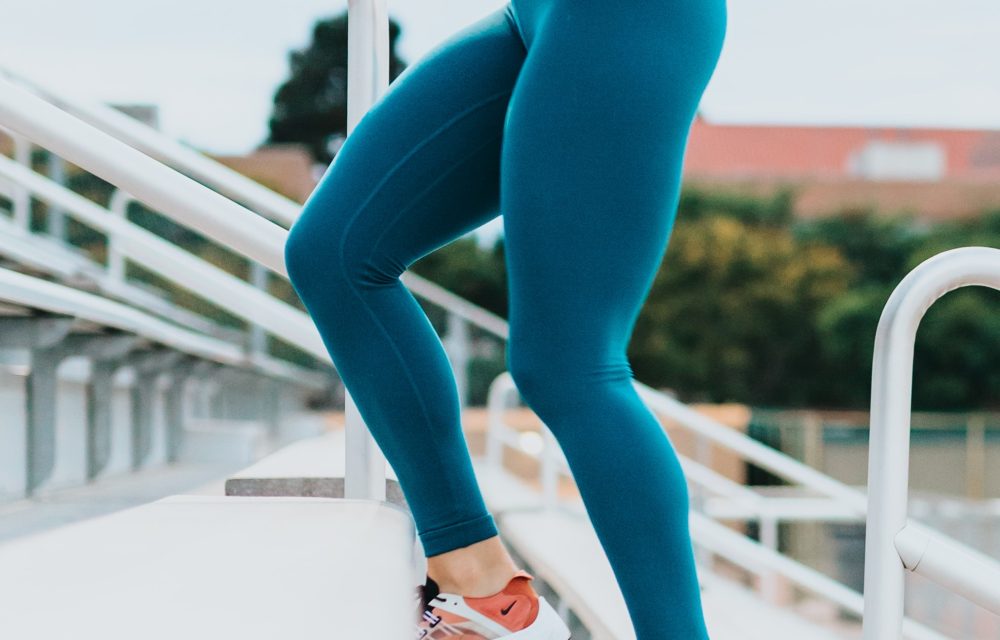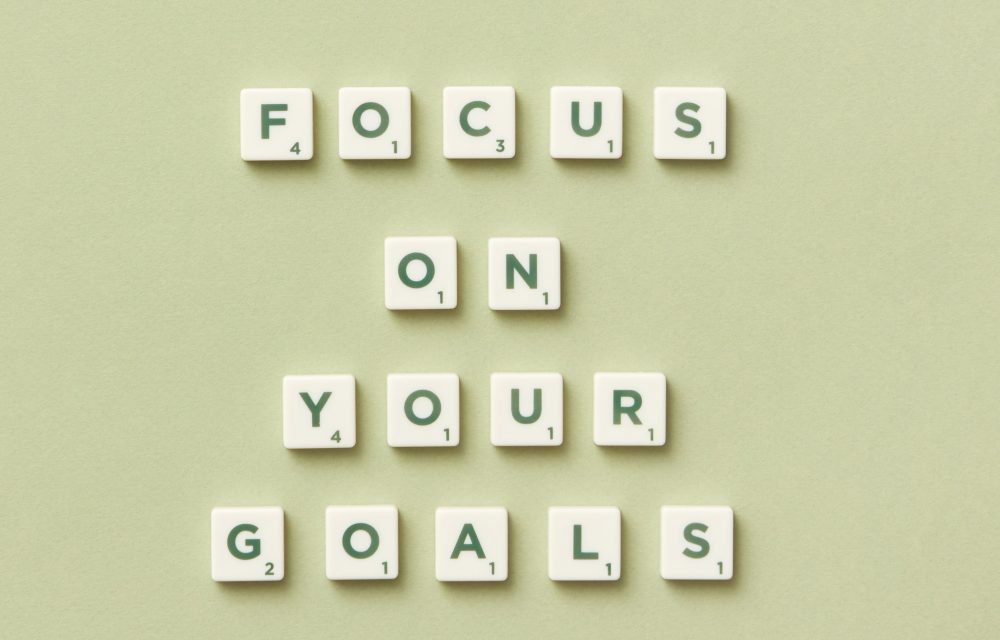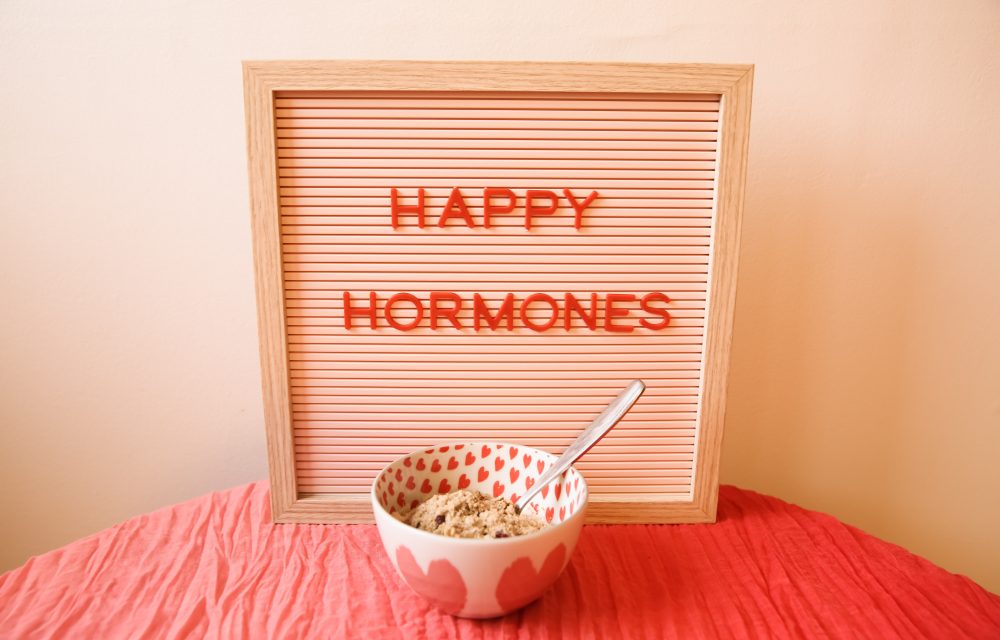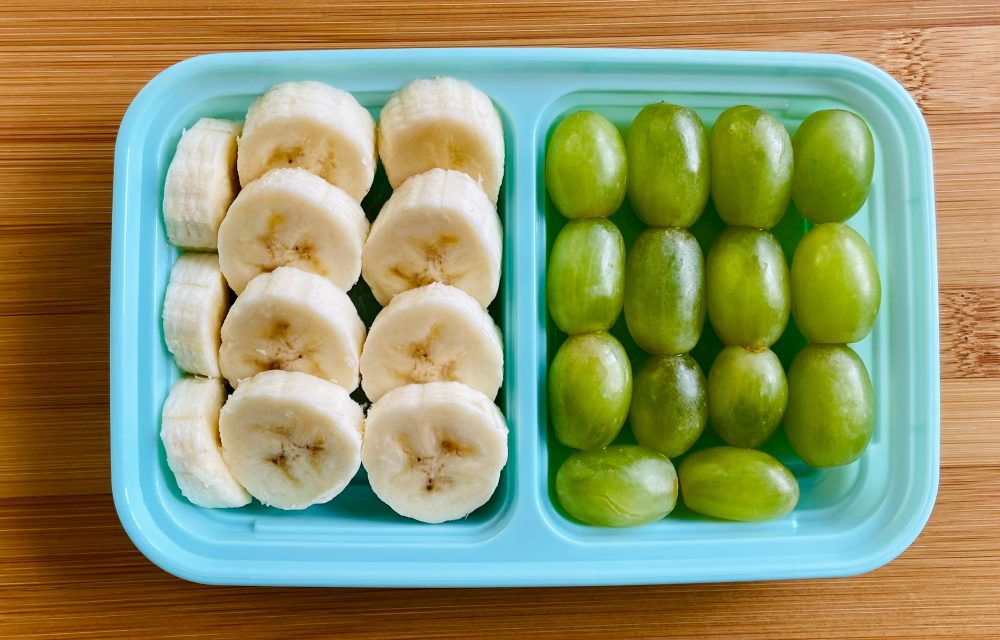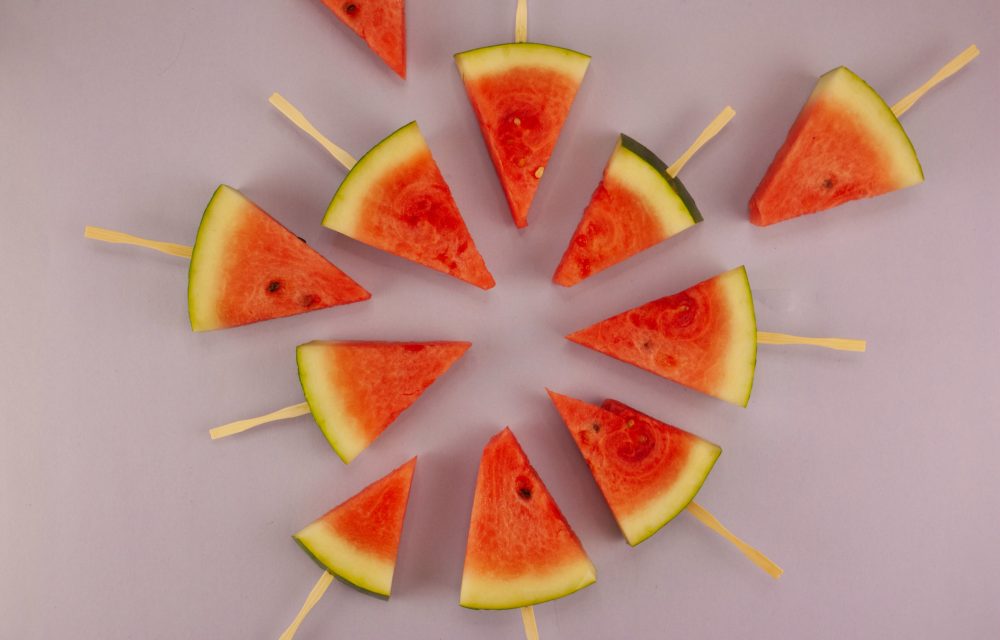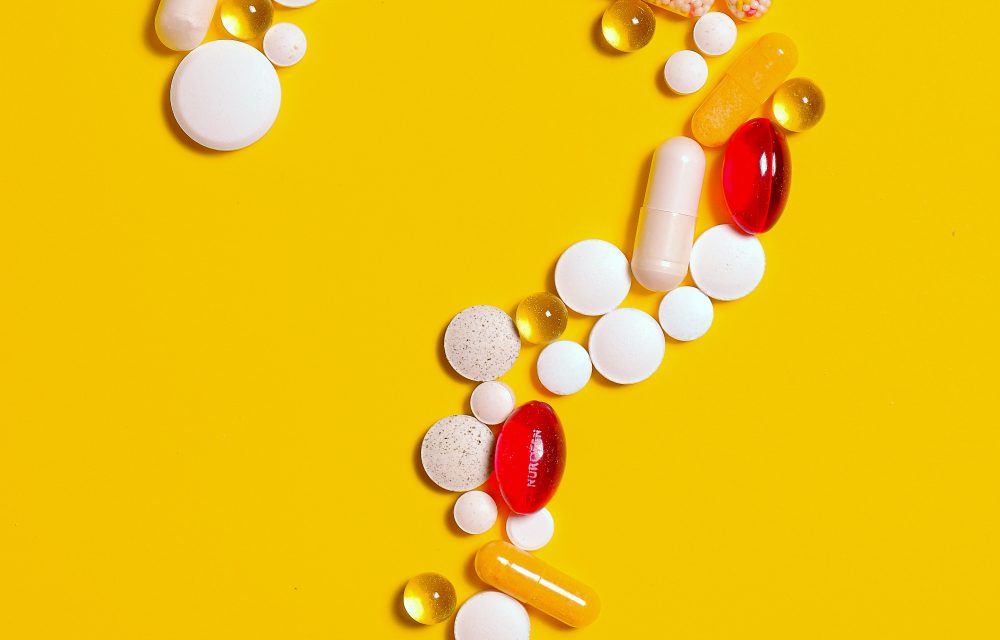Signs You’re Working Out Too Much
When you come to Team Worx in Alexandria, VA, we motivate you to push yourself to maximize your benefits. Pushing yourself has its limits. If you’re working out too hard, too often, there are consequences. For instance, if you do intense strength training every day, it can break down your muscles and impede your success. Other signs that working out too much can be disastrous. Look for these signs to make sure you’re staying safe and still getting the results you want.
More is not always better.
Working out too much—-overtraining—can set you back, especially if you’re continuously doing strenuous workouts that take a toll on your body. It can cause stress on your body. While exercise relieves stress, it also causes stress. It doesn’t allow the body to recover adequately. That can cause your immune system to be less effective, so if you’re exercising too hard and too much, you’ll be more prone to minor illnesses like colds or the flu or major problems.
If you’re pushing hard but not making progress, you may be over-exercising.
Your muscles need up to 72 hours after being pushed to the limit. To build muscles, you have to cause microtears in the muscles by working out. The tissue builds as they heal and makes your muscles bigger and stronger. If you don’t allow the tears to heal, the muscle tissue doesn’t heal, and you don’t progress or become weaker than you were previously.
Working out too much can affect more than the body.
If you start to feel depressed or show signs of confusion, irritability, or moodiness, it might be from overworking your body. You might find you’re exhausted after a workout, even though you used to feel great. If your muscle recovery takes longer than it used to take, it’s time to slow down. Give yourself a break between intense workouts. Do recovery exercises, like walking at a moderate pace.
- Working out longer or exercising several times a day at peak intensity is overworking your body. If you don’t get enough sleep between workout sessions, at least six hours, it also can be a problem.
- Check your resting heart rate. If it’s high, it’s a sign you’re over-exercising. If a fit person has a heart rate between 40-60 and jumps to 75 or higher, it’s a signal to take it easy.
- The inability to sleep can happen to anyone, but if it’s occurring regularly, it may be a sign you’ve spent too much time working out. Insomnia can cause too little sleep, which can add to the problem.
- Working out does more than cause muscle loss. It can decrease thyroid hormones and cause weight gain. It also can increase cortisol, the stress hormone. There’s a link between cortisol and the accumulation of belly fat.
For more information, contact us today at Team Worx Fitness


